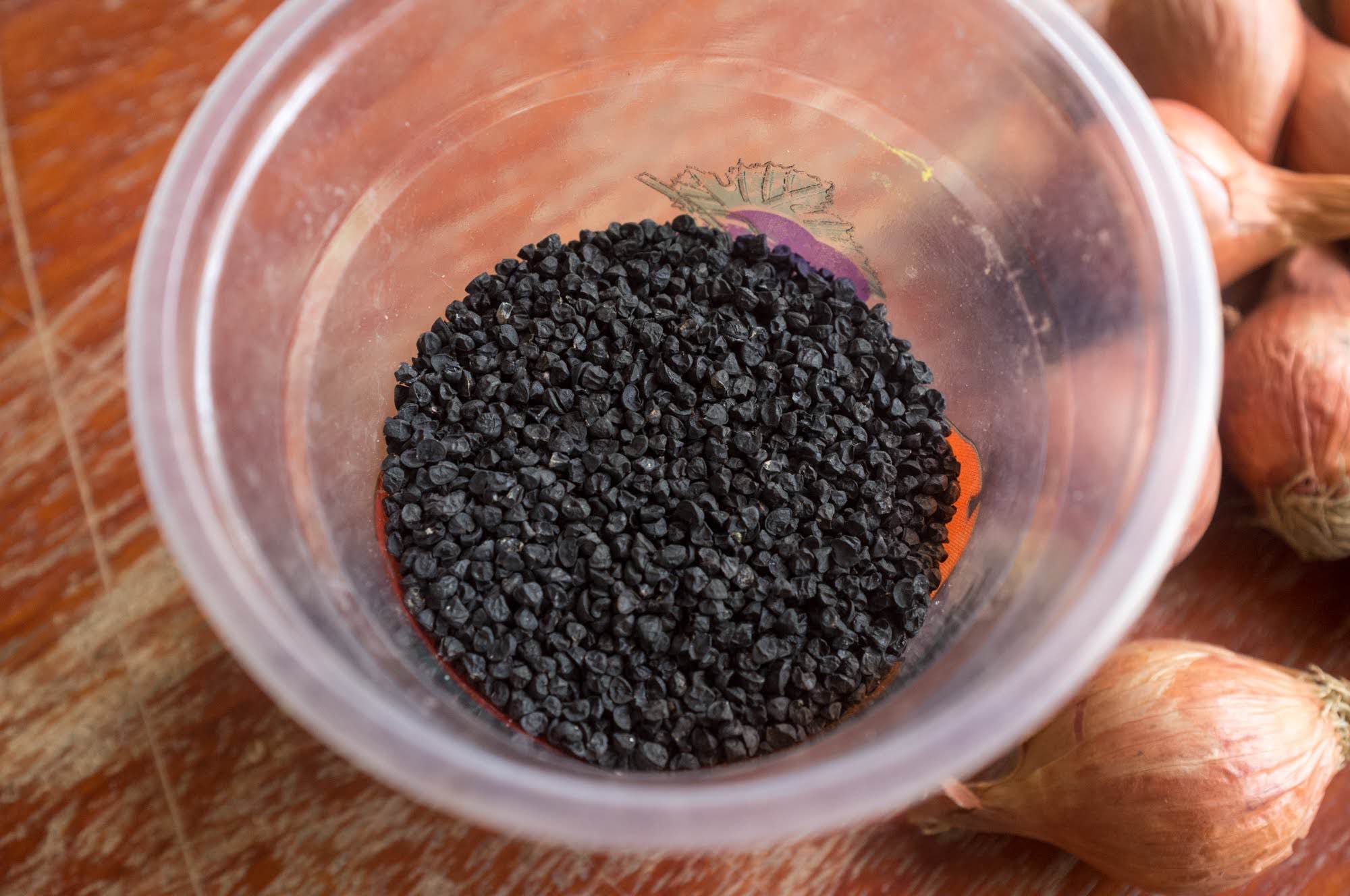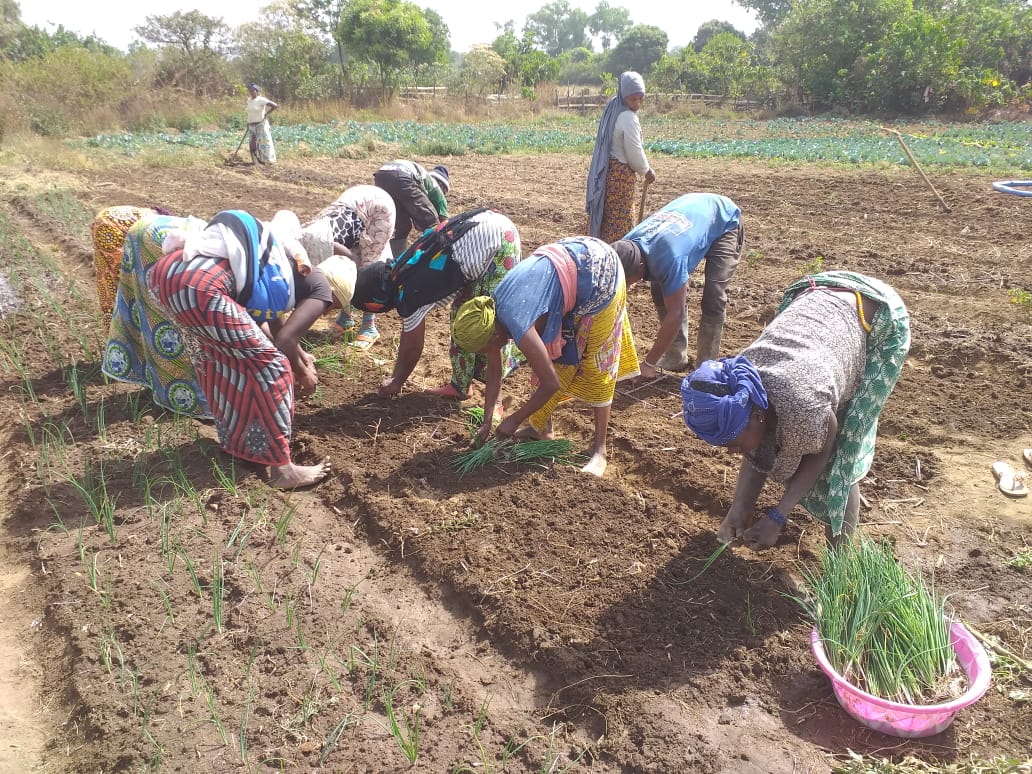Introduction of rainy season onions in the Fouta Djallon region of Guinea ("Basalle Setto"), 2023-2026
Donors:
Achmea Foundation
Goal
Impact goal: to increase the agricultural income of producers (men and women) and to improve the livelihoods of households.
What we do
1,500 farmers trained on good agriculture practices and post-harvest handling techniques. 325 hectares under imported onion production (150 ha during the rainy season and 175 ha during the dry season) with at least 3,500 tons of onions marketed additionally. The objective is to support farmers in the production of rainy season onions by providing them with access to inputs, good agricultural practices (GAP), as well as storage and markets. The specific objectives are:
- SO1: Improve the productivity of rainy season onions
- SO2: Improve producers' access to inputs and finance
- SO3: Improve producers' access to storage facilities and markets
Accomplishments
- Deployment of four agronomists and seven community focal points who reached 89 farmer groups in 3 prefectures during the study/diagnosis, including 28 groups bringing together more than 2,000 farmers supported in year one, the majority of whom were women.
- 20 farmers who are members of the groups received inputs and agronomic training to carry out on-farm demonstrations (varietal tests).
- 13 producers who are members of farmers' groups and 2 private entrepreneurs are receiving support in terms of inputs, equipment and training to manage a total of 5 onion set production plots.
- The scale of activities will increase during the first demonstration of onion production during the rainy season starting in June 2024.
- Despite the difficulties encountered resulting from a fuel shortage which led to a shift in the production schedule and the reduction of onion set production, producers are adopting the introduced varieties (Prema and Dayo). The more promising Prema variety is requested by all producers (earlier and more productive than Violet de Galmi, the main variety used.


